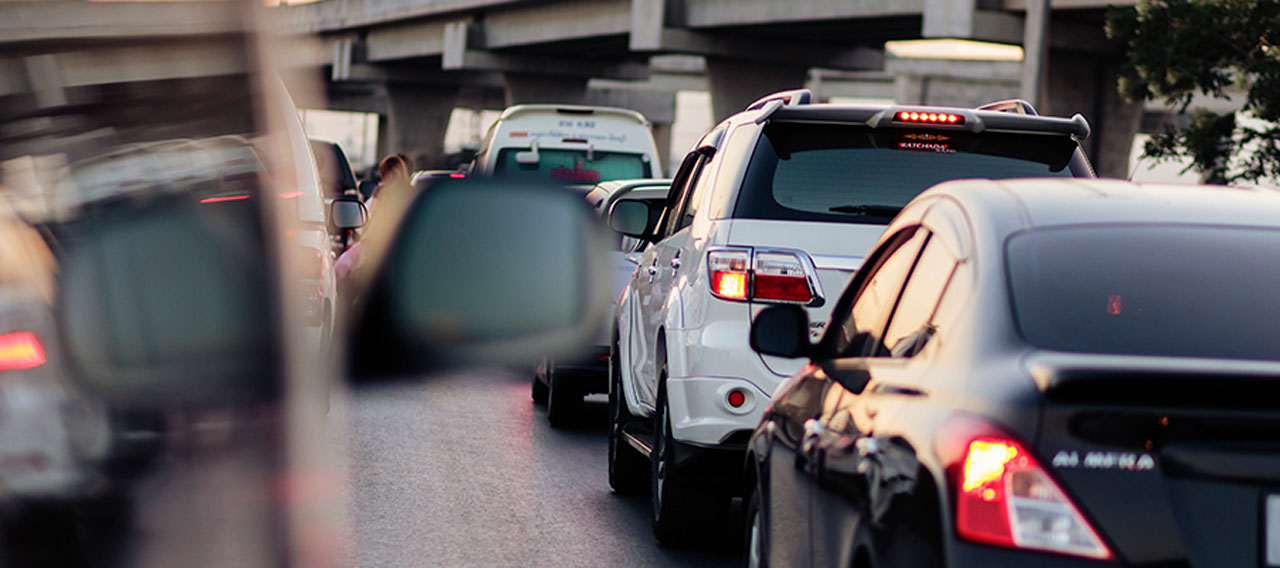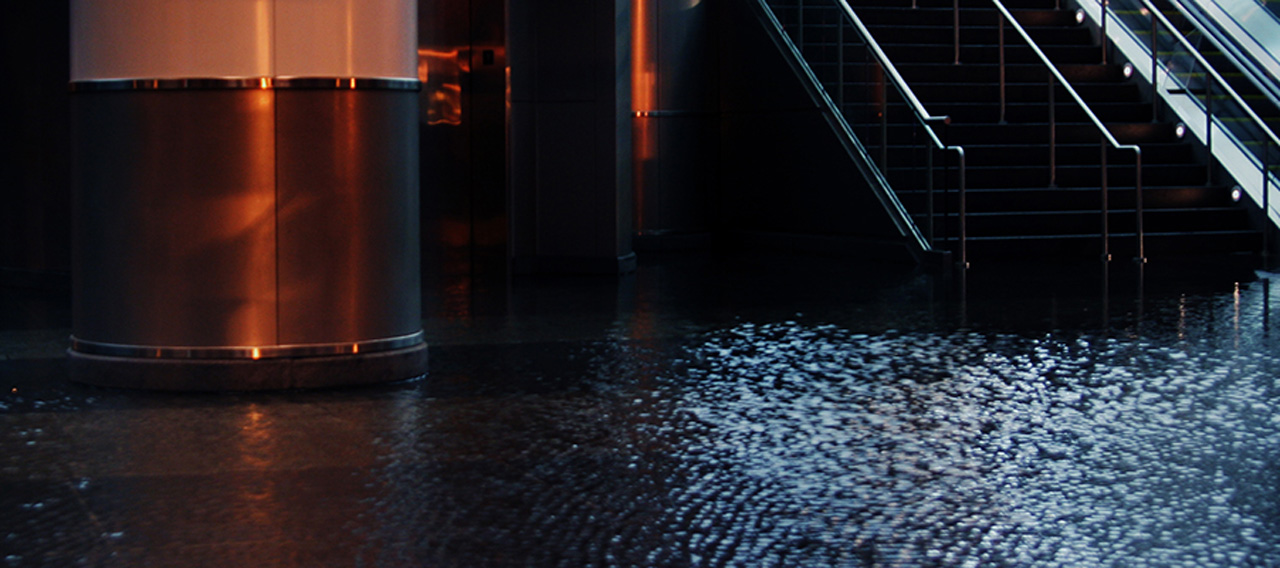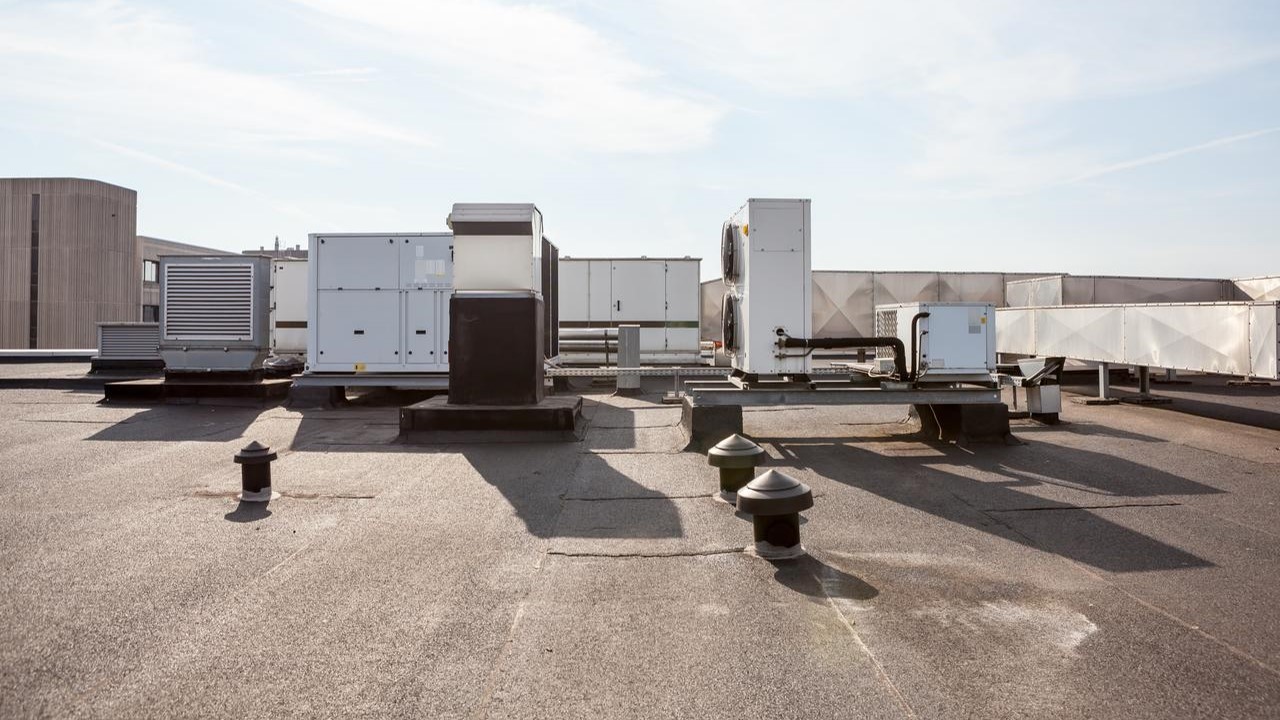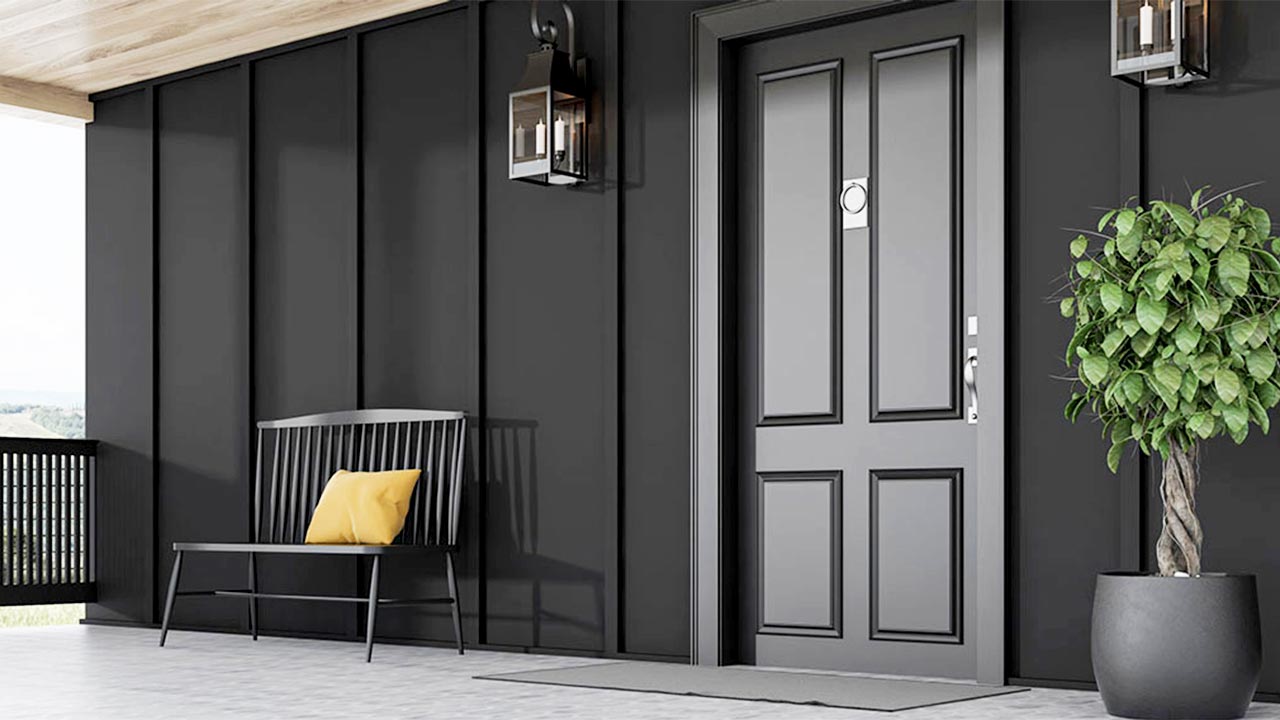
MyHomeGuard is more than just household insurance. It provides cover for ATM assault, injuries resulting from theft, and personal accidents that occur outside your home.

Chubb leverages superior underwriting expertise and world renowned claims, account services, and financial strength to offer solutions for small and medium businesses.
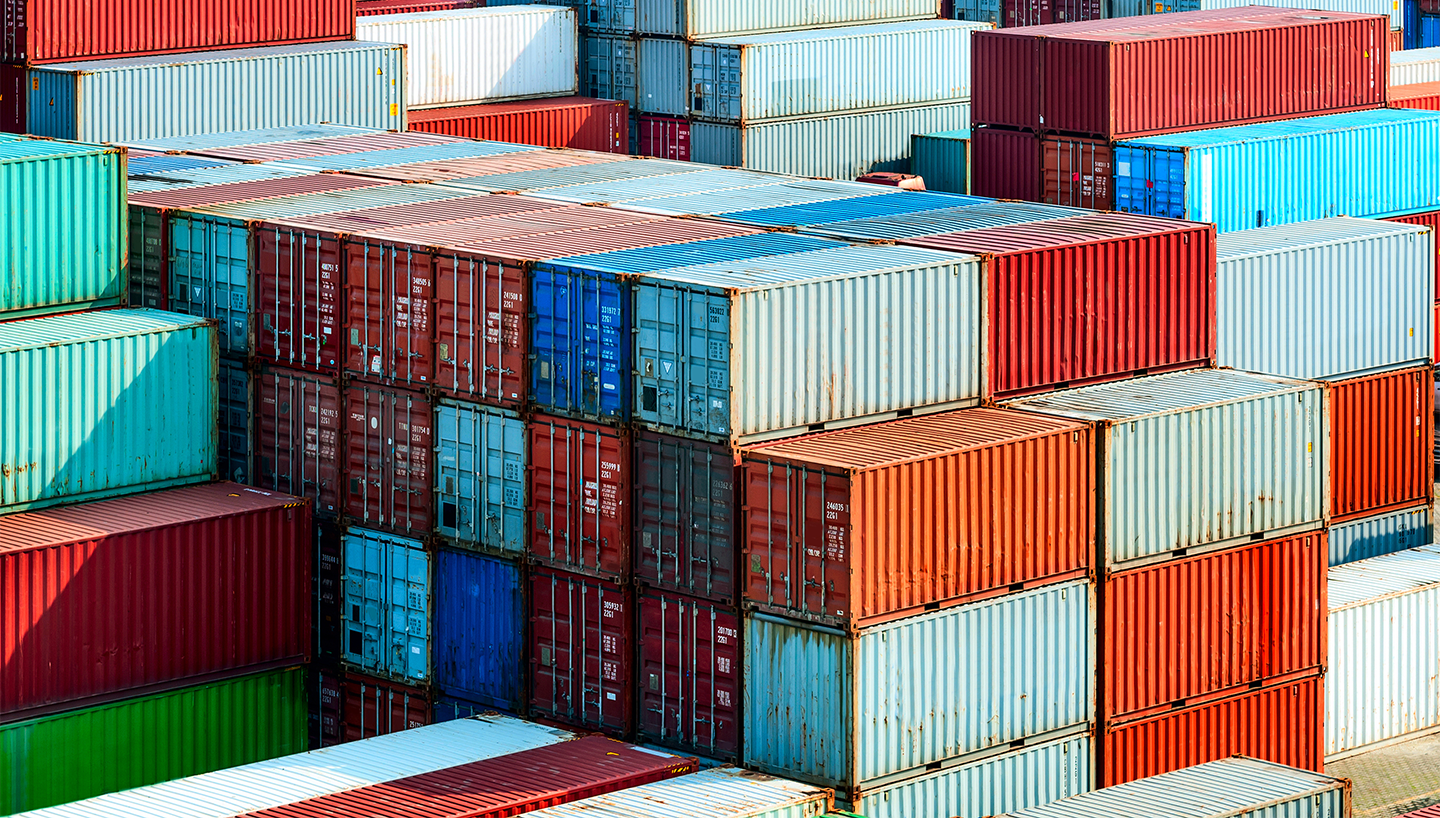
Today’s multinational organizations face complex and interconnected risks. We offer insurance solutions that are tailored to global needs as well as local requirements, helping them address their risk management challenges.

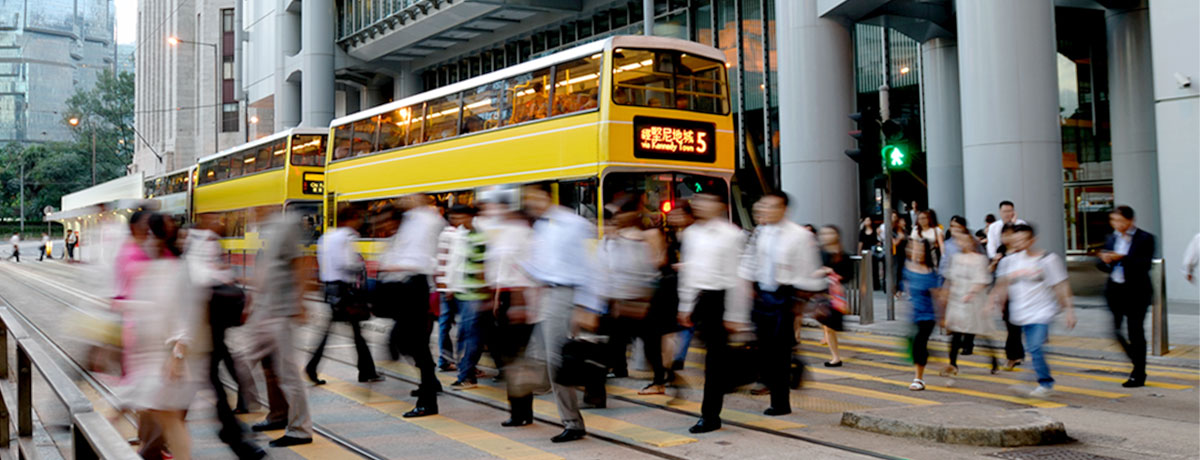
Our partners’ contributions to our success are undeniable. As one of the world’s largest and strongest insurers, we offer a range of products and services capabilities through our distribution channels to ensure yours, too.

Chubb has a proven track record of maximising ancillary revenue for more than 120 business partners across Asia Pacific.


Protect your travel adventures, home, and everyday moments with Chubb’s General Insurance. Enjoy flexible coverage from a global insurance leader and buy online in minutes—peace of mind is just a click away.

Buy life insurance online for all your needs—critical illness, accidents, and term life. Enjoy comprehensive protection, health and wellness benefits, and flexible coverage options with easy online purchase.
Managing the risk
While having a sparsely attended property is never a desirable situation some basic steps can be taken to reduce the hazard until it is returned to regular occupancy.
The following should be considered:
- Exterior and interior security
- Decommissioning and recommissioning protocols
- Building condition monitoring
- Fire Protective system supervision and maintenance
- Building plant and equipment supervision and maintenance
- Review of risk management protocols
Exterior areas
- Implement enhanced exterior security including physical measures and guarding protocols
- Remove all excess materials and combustibles such as rubbish bins and idle pallets from around the building
- Trim and maintain vegetation to prevent overgrowth
- Check the roof for vegetation growth, clogged drains or signs of vandalism
- Maintain exterior lighting to deter crime or vandalism
Internal areas
- Provide intrusion, fire and liquid leakage detection for unattended areas. Detection systems should signal to a constantly attended location or monitoring service
- Ensure that safety related equipment (including emergency lighting, fire extinguishers, etc.) is maintained in an operable condition
- Minimise the quantities of combustible materials on-site. Hazardous materials should be removed from the premises
- Valuable items should be removed or secured in dedicated controlled
- Interior doors should be closed and secured where applicable
Risk management protocols
- Decommissioning of building services may be considered but should not expose the facility to heating, fire and or security protection outages
- Recommissioning plans should be established
- Maintenance protocols for protective systems (including sprinklers, fire alarms, fire doors, intrusion alarms, CCTV systems, etc.) should continue to be in accordance with recognised standards and manufacturers recommendations. Deviations from normal protocols should be agreed in advance with Chubb Risk Engineering Services
- Machinery and equipment should be decommissioned in a controlled manner to minimise the risk of damage and facilitate future recommissioning. Plans for appropriate maintenance regimes (including statutory and preventative requirements) should be established. It may be necessary to catch up on deferred maintenance prior to recommissioning
- Plans should be established for reduced staffing at monitoring services, security guarding, emergency response and support for previously established response procedures
- Contingency plans for utility and infrastructure failure or availability limitations should be reviewed
- Building inspection protocols should be maintained, with at least weekly inspections of unattended areas recommended
- Critical hygiene and pest control protocols should continue to be maintained
- Protective systems impairments should continue to be reported to Chubb via email at fireimpairment.hk@chubb.com
Premises shutdown checklist
Use this checklist to ensure your premises is shutdown correctly.
Insights and Expertise

